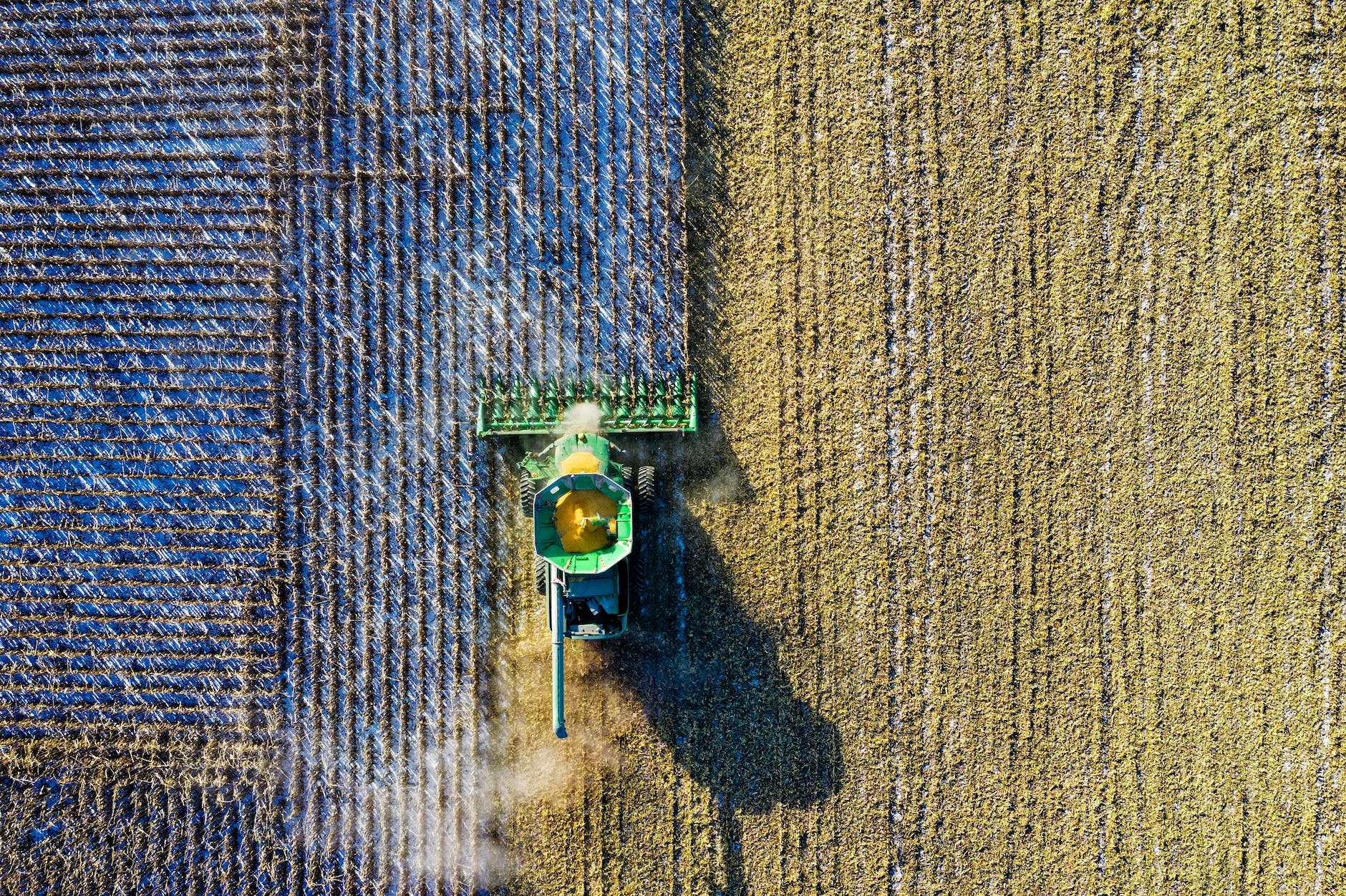
Agriculture is a vital industry for humanity. However, today the sector is facing many challenges. Due to global warming, farmers need to adapt to changing weather conditions. In addition, the industry needs to be decarbonized and its negative impact on the environment reduced.
Agricultural sustainability is critical in existing conditions. The need to abandon traditional agricultural methods is driven by the need to reduce greenhouse gas emissions. Sustainable practices are just as productive and eliminate deep tillage, synthetic fertilizers, and other traditional methods.
Precision Agriculture Tech
Precision farming is a concept that includes many different technologies that generate data and analyze it. It is necessary to help growers use resources efficiently and optimize farm processes. In addition, technologies enable growers to prevent various plant and soil problems, including soil erosion.
Today, the technological benefits can be used on farms of all sizes, including cooperatives and small family farms. Various applications, drones, sensors, cloud computing, and satellite imagery make precision farming accessible to everyone.
EOS Data Analytics has developed a solution for precision farming that significantly expands the ability of farmers to increase field productivity and reduce the negative impact on the environment. EOSDA Crop Monitoring includes features that enable farmers to track the condition of plants throughout the growing season and plan field activities based on reliable data.
Platform users have access to a 14-day weather forecast to effectively plan various operations and save crops from potential threats. Historical weather data from 1979 enables users to discover climate patterns that affect crop yields and track how conditions change over the years.
Vegetation index values, including NDVI, can help farmers to detect crop stress and nutrient deficiencies. Early detection of these problems is essential to prevent or at least reduce damage and distribute fertilizer more accurately. The soil moisture data available in EOSDA Crop Monitoring helps to enhance irrigation management and save water.
Climate Resilient Seeds
Due to changes in familiar climatic patterns, crops grown in different regions need new features. For example, the rapid growth trait makes it possible to cope with a shorter growing season. Heat and drought also require plants to be more resilient.
Flooding can destroy crops that cannot cope with water stress. And as sea levels rise, the plants need traits that make them resilient to salt water. With more precise methods of genetic modification, crop varieties can keep pace with the conditions to which they have to adapt.
Vertical Farming
This concept involves growing plants indoors using artificial lighting. Other conditions are also controlled within the system. Such farms look more like warehouses due to the vertical arrangement of the racks. The largest vertical farm is located in Denmark and has 14 tiers of plants in a 75,000-square-foot facility.
This sustainable growing practice shows high efficiency and helps to save resources. For example, a vertical farm requires 250 times less water than a traditional one. The key to this efficiency is automation and technology, including data science.
One of the main advantages of vertical farming is reducing the area required for growing vegetables and fruits, as well as simplifying logistics. Local products can be supplied to the consumer directly from the neighboring building. It also leads to a reduction in the use of fuel required for delivery. However, creating and maintaining controlled growing conditions can require large amounts of energy and fossil fuels. It is also important to note that research data suggests that food grown on vertical farms can be stored for up to 14 days, reducing food waste.
Investors strategy
The fact that climate change impacts agriculture’s fate is difficult to deny. Climatic conditions dictate which crops will grow and where and when they will grow. An excess of carbon negatively affects our planet and the conditions of life on it, and a vital industry becomes vulnerable.
At the same time, various start-ups are looking for solutions to adapt agriculture, increase resilience and ensure food security. The climate crisis also influences the strategies of investors. They are investing in solutions that can help to mitigate climate change and adapt. Investor attention is focused on topics such as the efficient use of resources, reducing the use of chemical solutions for crop protection, and the conservation of food waste. Many are also looking towards opportunities at the intersection of agtech and fintech. In addition, investors are interested in projects that aim to improve the conditions and increase the resilience of small farmers.